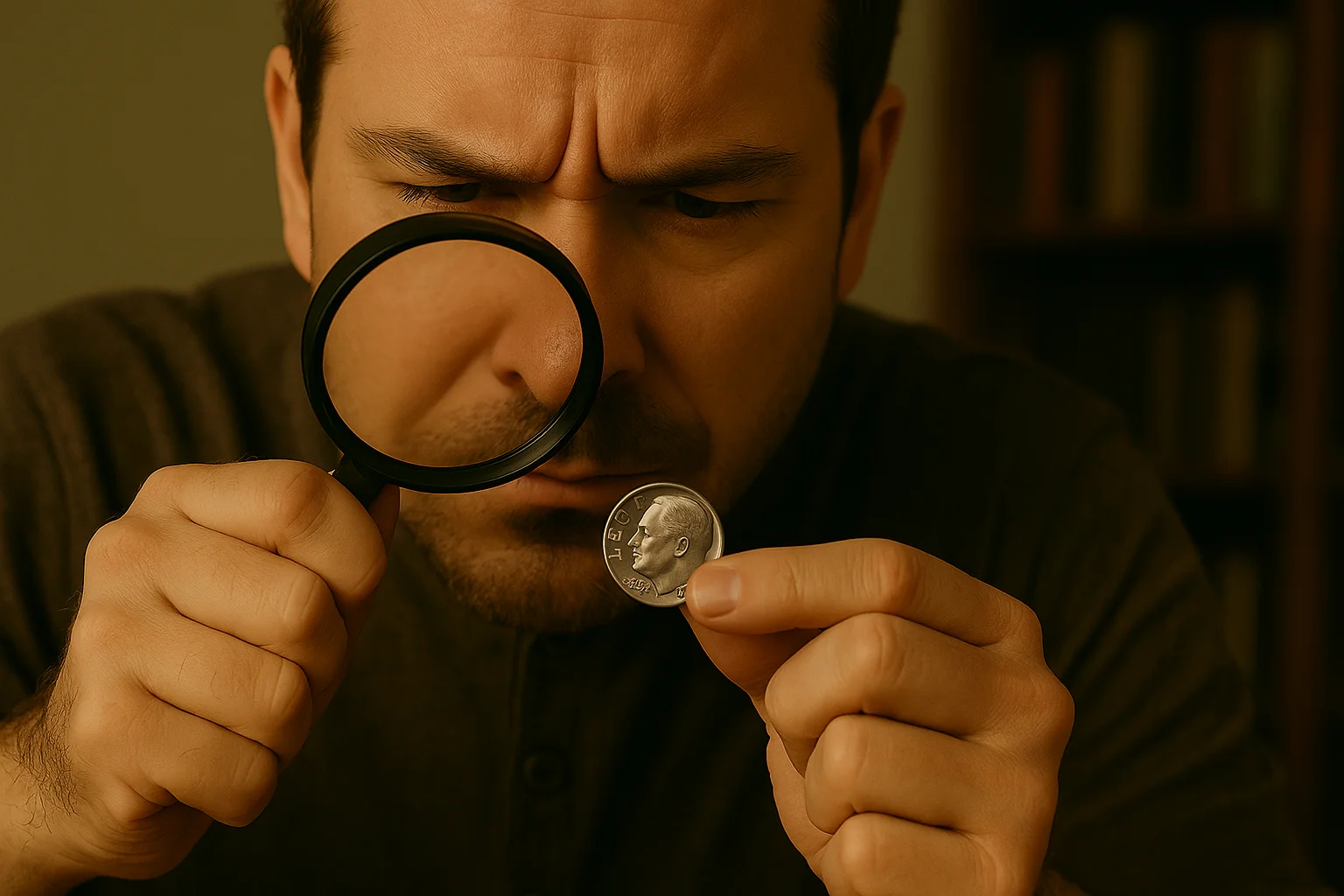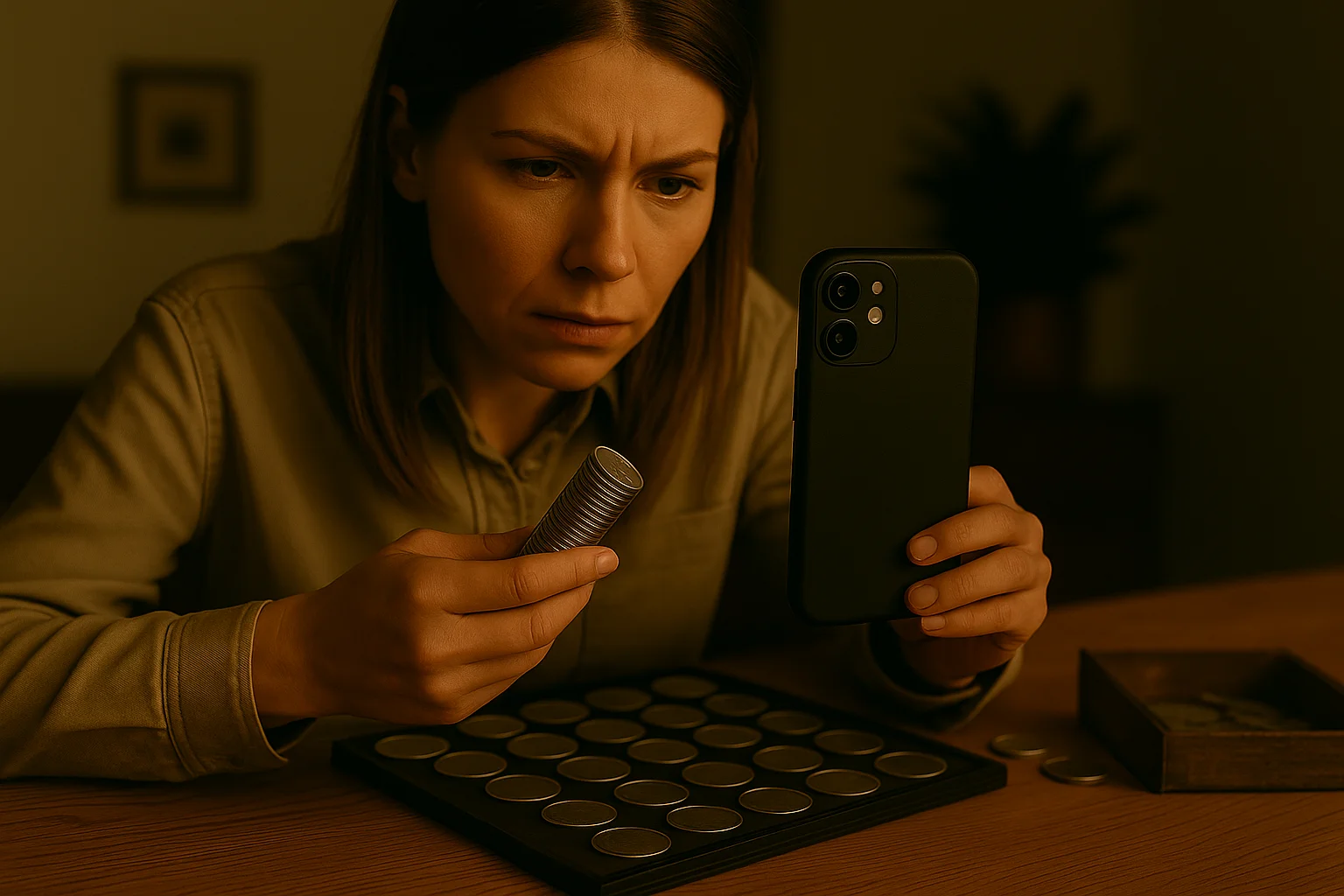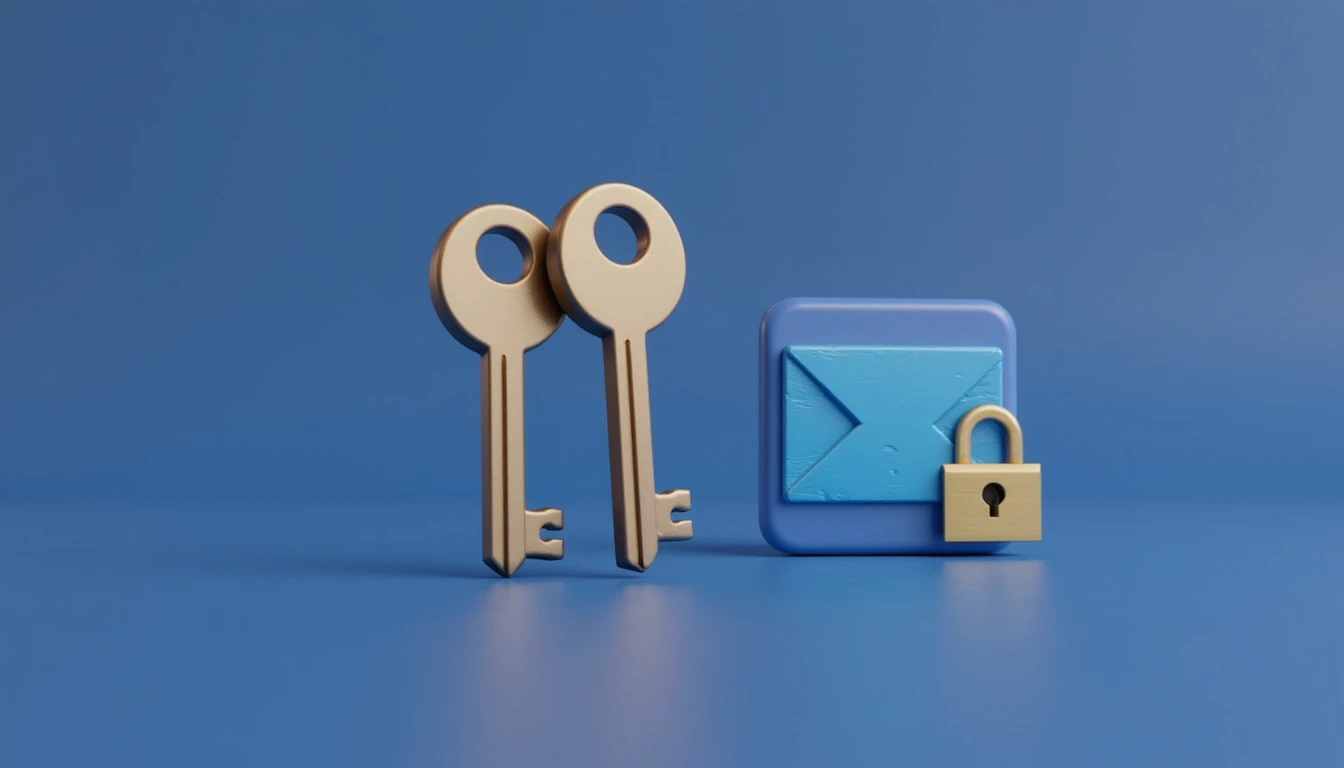1980 coins rarely generate as much interest among collectors as pre-war silver issues. However, 1980 dime value can vary greatly depending on condition, variety, minting errors, and even the origin of the specimen.
Many owners of such coins make typical grading mistakes, not knowing that in front of them may be not just a dime, but an item of collectible interest with a price in the tens of dollars.
So, today we will discuss the 5 most common mistakes that prevent you from accurately determining the real value of a 1980 dime. You will learn what signs are especially important, what you should not do with the coin and how one small nuance can make it valuable. Well, let us start.
Mistake 1: Underestimating the Importance of Condition
One of the most common pitfalls in coin evaluation is ignoring how dramatically the condition affects price. Most circulated 1980 dimes show scratches, dings, or faded luster – all of which reduce value. But coins in pristine, untouched condition can attract serious collector interest, especially if they fall within the Mint State (MS) range.
To help you understand how condition changes the market price, below is a table with recent value estimates for a 1980-D Roosevelt dime:
| Grade | Condition Description | Approximate Value |
| VF-30 | Light wear on high points | $0.15 – $0.25 |
| AU-58 | Almost uncirculated | $0.50 – $1.50 |
| MS-63 | Mint State, average luster | $5 – $8 |
| MS-66 | Sharp details, strong luster | $50 – $120 |
Even a one-point difference in Mint State can make a difference of tens of dollars. Collectors especially value coins graded MS66 or higher, where surfaces remain nearly flawless.
Pro tip: Always handle coins by the edges and store them in acid-free holders or coin capsules. Also you need to avoid touching the surface, and never clean the coin — even gentle cleaning can cause microabrasions that ruin grade potential.

Mistake 2: Overlooking Striking and Minting Variants
Many people assume all 1980 dimes are created equal, but that is far from the truth. In reality, the year saw dimes produced at three major U.S. mints: Philadelphia (no mint mark), Denver (“D”), and San Francisco (“S”), each with its own nuances.
While Philadelphia and Denver coins were intended for general circulation, San Francisco dimes were issued as Proof coins — high-quality pieces made specifically for collectors, often housed in protective Mint sets. These coins show mirror-like fields and frosted reliefs, making them easy to distinguish if you know what to look for.
Here are a few signs that your 1980 dime might be more than ordinary:
- A mirror finish with frosted details (likely a San Francisco Proof).
- A sharp, deeply struck reverse with fully separated torch bands (called Full Bands, highly desirable).
- A lack of contact marks or scratches under magnification (possibly MS65 or better).
Proof coins and high-end strikes from Denver often fetch a premium at auction. That is why it’s crucial not to judge a coin too quickly — surface quality and strike strength may hide more than meets the eye.
Mistake 3: Ignoring Possible Mint Errors
One of the most overlooked yet potentially lucrative mistakes a collector can make is failing to check for mint errors. While most 1980 Roosevelt dimes were struck cleanly and without issue, a small number escaped the U.S. Mint with production flaws. These are not signs of damage — they’re signs of opportunity.
Mint errors occur during the coin production process due to die deterioration, planchet mishandling, or striking anomalies. The result is some coins with doubled designs, missing sections, or visibly shifted images. These flawed pieces are not only legitimate — they are highly desirable in the right grades.
Below are a chart of some confirmed mint errors found on 1980 dimes, along with how to spot them and what they may be worth depending on condition:
| Error Type | Defining Features | Estimated Value (XF to MS Grades) |
| Off-Center Strike | Part of the design is missing or shifted; blank crescent visible on one side | $20 – $150+ |
| Clipped Planchet | A curved or straight section is missing from the edge of the coin | $25 – $120+ |
| Double Die Reverse | Doubling of letters or design elements, usually visible in “ONE DIME” or torch | $30 – $200+ |
| Die Crack | Raised lines from metal leakage into die fractures; often near Roosevelt’s neck | $10 – $50+ |
| Broadstrike | Rim is flattened and spread due to missing collar during strike | $15 – $75+ |
Many of these flaws aren’t visible at first glance. They require close inspection — and sometimes a bit of help.
Pro tip: Use Coin ID Scanner app to instantly identify visual anomalies and confirm whether you’re looking at a known variety or error or just a valuable coin. The app scans your coin and compares it with a large coin database, thus it can be a serious time-saver, especially if you are sorting through rolls.
And remember, errors become truly valuable when paired with high grades. So, if you find an error coin that also appears uncirculated, you might be holding something far beyond pocket change.

Mistake 4: Judging Only by Face Value or Metal Content
A common misconception is that dimes minted after 1964 are worthless because they contain no silver. While it is true that 1980 dimes are made of copper-nickel clad (not silver) they can still be surprisingly valuable depending on condition, rarity, and demand.
Many casual collectors assume only silver coins have value. That is a mistake. In reality, some 1980 Roosevelt dimes graded MS67 or better have sold for over $250 in auctions — and those without any errors. The value in modern coins often comes from their grade and scarcity in high condition.
A few things collectors actually pay for:
- Superb uncirculated condition with full luster
- Low population in high grades according to services like PCGS or NGC
- Known provenance (e.g., from original rolls or mint sets)
- Proof or SMS quality strikes with strong eye appeal
Tip: Before tossing a 1980 dime aside, look up recent auction results and certified population reports. If a coin in your hand resembles those premium examples (especially in terms of shine and sharpness) you might want to reconsider.
While melt value doesn’t apply here, collector value absolutely does. This means a seemingly ordinary clad dime, when preserved well and authenticated, can exceed expectations and deliver real market value.
Mistake 5: Ignoring Coin Provenance and Storage History
Many collectors focus solely on what they can see — grade, luster, or visible errors. But a coin’s origin and how it’s been stored over time can be just as important to its value. Ignoring this background is a mistake that can lead to missed opportunities.
Coins preserved in original mint packaging, sealed rolls, or coin albums are typically in better shape. They often retain their surface shine, sharper details, and suffer less from scratches or tarnish. These factors directly influence grading potential and final market price.
Here’s why provenance matters:
- Original rolls or sets often yield better-preserved examples
- Well-kept albums reduce handling damage
- Documented history adds credibility when selling
- Stored-in-place coins (like jar finds) may have hidden issues like corrosion
Tip: Create simple records for each coin you keep. Note its condition, where you found it, and how you’re storing it. This habit can pay off later — especially if the coin turns out to be rare or highly gradable. Or do even simpler — use Coin ID Scanner to keep your records digitally.
Every Coin Tells More Than One Story
The 1980 Roosevelt dime may not seem like a headline-making rarity — but that is the beauty of collecting. Hidden among everyday change are small surprises that reward those who look closer. And thanks to avoiding these five common mistakes, you can do both: protect yourself from undervaluing your finds, as well as also open the door to discovering real numismatic jewels.
So next time a 1980 dime lands in your hand, don’t just spend it. Examine it. You might be holding more than ten cents — you might be holding a quiet, overlooked piece.







